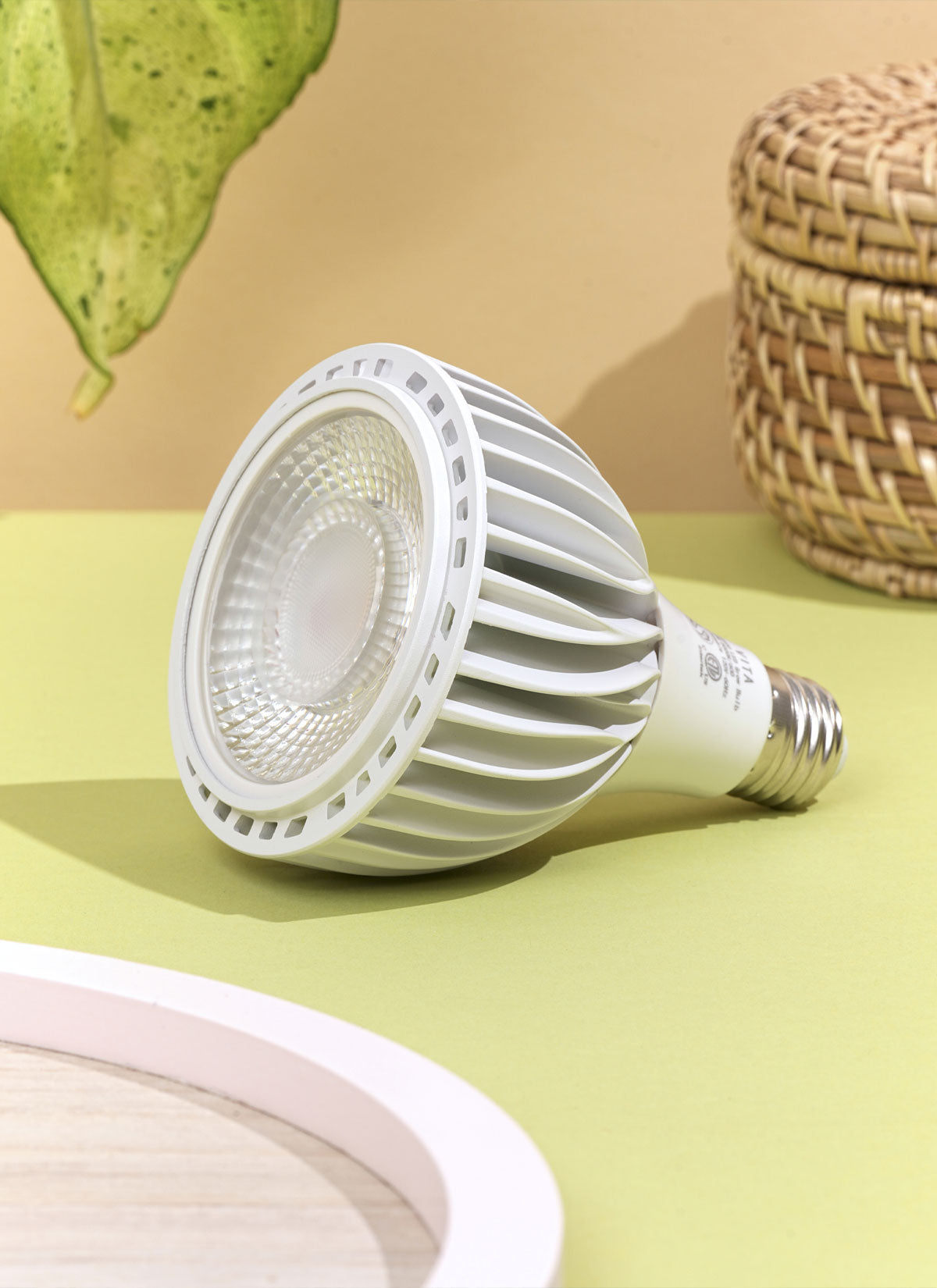Quick Tip: Water until water comes out of drainage holes. Allow top 2 inches of soil to completely dry between waterings.
English ivy prefers to be kept evenly moist, with soil that is consistently moist but not soaked. Water the plant when the top inch of soil feels slightly dry to the touch, using room temperature water. Be sure to allow any excess water to drain out of the bottom of the pot, and avoid letting the plant sit in standing water, as this will often cause root rot. During the winter months, reduce watering but do not let the soil dry out completely. English ivy can tolerate lower humidity levels, but misting the leaves or using a humidifier can help the plant thrive. It's important not to overwater the plant, as this can cause yellowing or dropping of the leaves. In general, maintaining consistently moist but well-draining soil and avoiding extremes of wet or dry soil will help your English ivy grow.




















